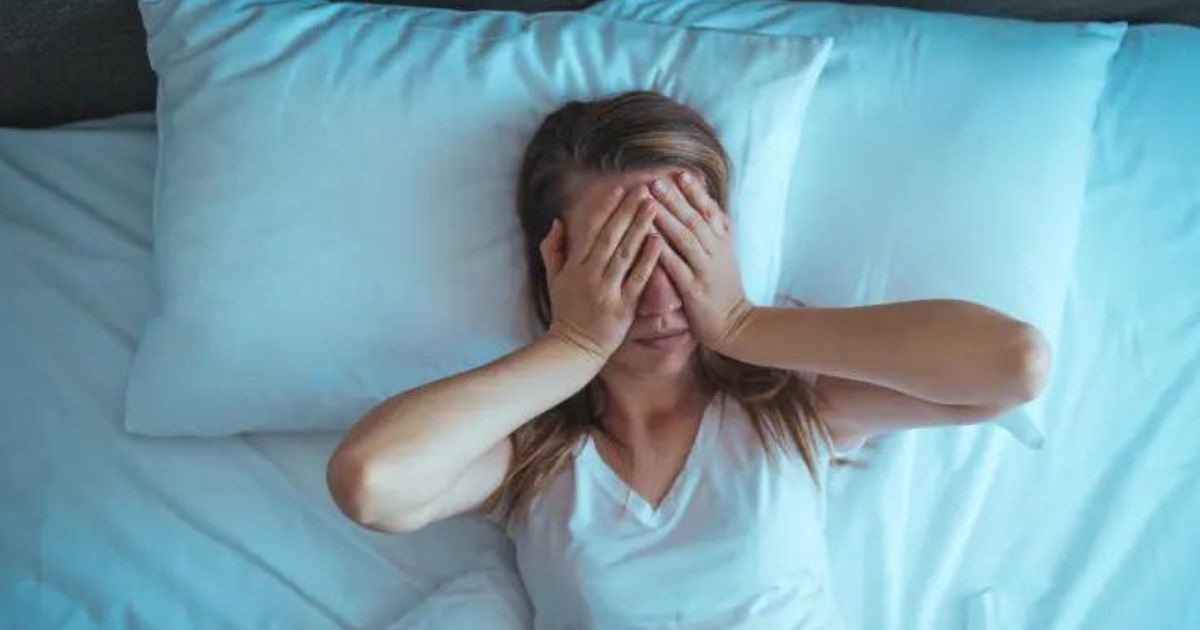In an era dominated by late-night work and incessant screen time, WHOOP’s Vice President of Performance Science, Kristen Holmes, unveils a concerning revelation about night shift tech use and how it might be casting a depressive shadow on our brains.
As societies grapple with constant access to light and the associated health fallout, the repercussions extend beyond personal well-being, impacting productivity and job satisfaction.
The Screen-Lit Night and Its Depressive Effects
Holmes, a principal scientist at WHOOP, raises a red flag on the pervasive habit of working on screens during the night. Contrary to the assumption that late-night work simply infringes on personal time, Holmes highlights a more profound concern, artificial blue light emitted by screens could be inducing depressive effects on the brain.
This revelation, shared on the Diary of a CEO podcast, urges a reevaluation of the modern working age’s impact on mental health.
The Battle Against Constant Light
Humans are creatures of regularity, but the modern lifestyle, especially in the working realm, disrupts this innate need for consistency. Holmes points out the constant exposure to light, particularly the blue light emitted by screens after sunset, as a significant contributor to mental health issues.
The struggle against this access to constant light, she notes, is becoming increasingly apparent in the negative consequences stemming from exposure after dark.
Night Shift Tech Use Impact on Dopamine and Mental Health
As a psychophysiologist, Holmes delves into the research showing that the blue light from screens, prevalent in LED TVs, smartphones, computers, and tablets, can have a pro-depressive effect during a specific “magic period” between 10 p.m. and 4 a.m.
This timeframe, she explains, impacts the dopamine system, influencing reward and motivation. Linking this to the ongoing mental health crisis, Holmes suggests that understanding the role of light is crucial in addressing such challenges.
Lessons from the Past: Circadian Rhythms and Natural Light
Holmes draws parallels with communities that operate with minimal access to electricity, highlighting the significant departure from natural circadian rhythms observed in these settings.
The modern world, with its constant connectivity and technological advancements, has not allowed humans to evolve in harmony with the technologies they create. The misalignment caused by constant exposure to light disrupts sleep-wake patterns, leading to a host of health issues.
The Relevance of Sleep-Wake Signals and Misconceptions about Sleep Patterns
Stereotypes such as “night owls” and “early birds” become irrelevant in Holmes’s perspective, as she asserts that natural sleep-wake signals dictated by light and dark would override individual preferences.
Contrary to popular belief, the variability in sleep patterns may not be as pronounced as commonly perceived. Holmes urges a reevaluation of our relationship with light, emphasizing its direct influence on overall health.
Addressing the Addiction to Light: A Call for Conscious Tech Use
Whether it’s reading on tablets, scrolling through social media, or watching films before bedtime, Holmes acknowledges the addictive properties of engaging with screens before sleep.
Breaking this behavior, she contends, is challenging, and our relationship with light profoundly impacts our health trajectory. Preliminary data from WHOOP suggests that understanding and regulating sleep patterns can even predict an elite athlete’s performance.
Embracing Regular Sleep: Holmes’s Personal Experience
Holmes, capitalizing on her research, adopted a regular sleep routine in 2017, experiencing remarkable health benefits. Beyond her professional insights, she attests to the transformative power of consistent sleep patterns, emphasizing its impact on overall well-being.
In a world perpetually aglow with screens, WHOOP’s warning serves as a wake-up call, urging individuals and societies to reevaluate their relationship with light for the sake of mental health, productivity, and overall satisfaction in work and life.








Leave a Reply
You must be logged in to post a comment.